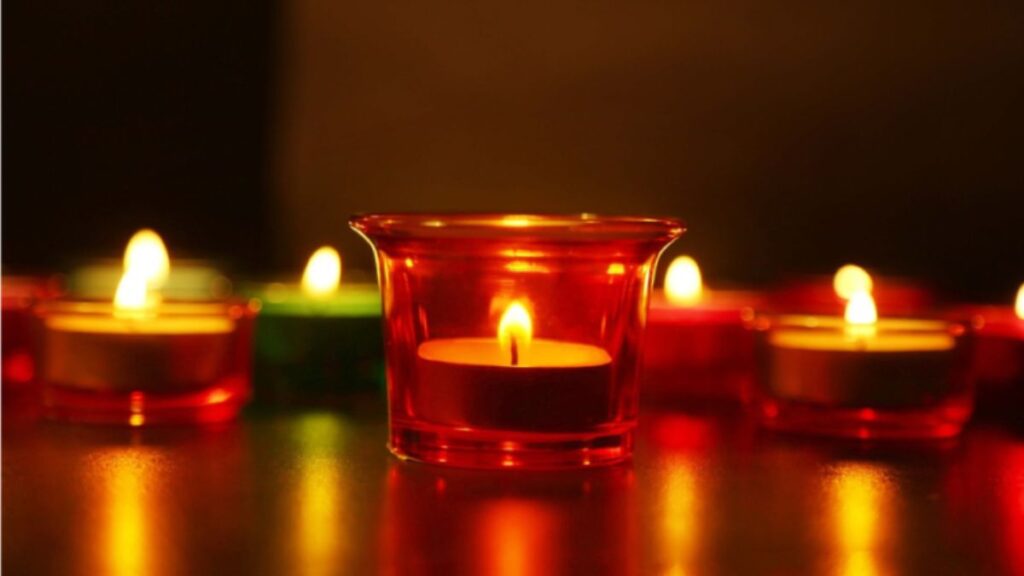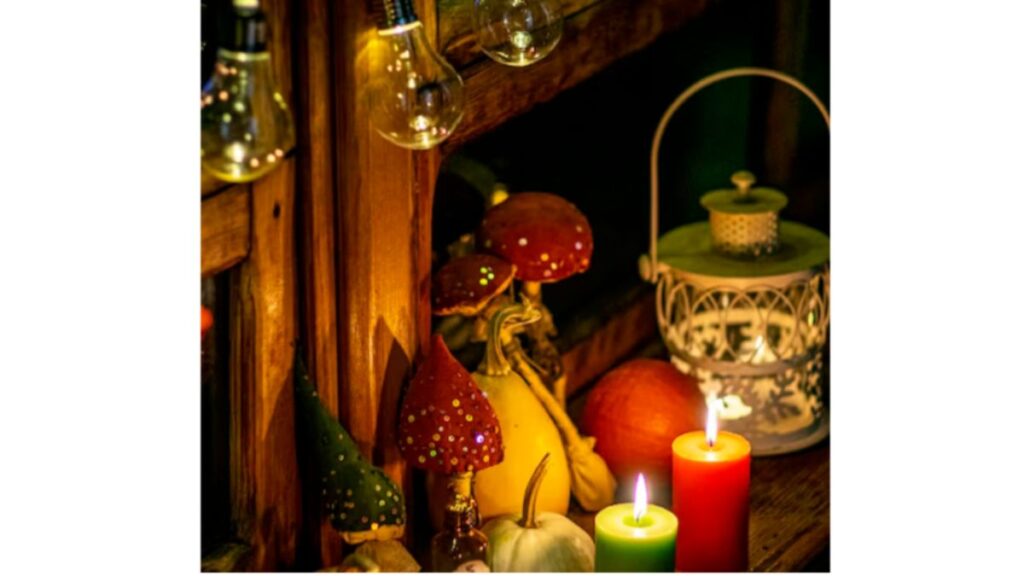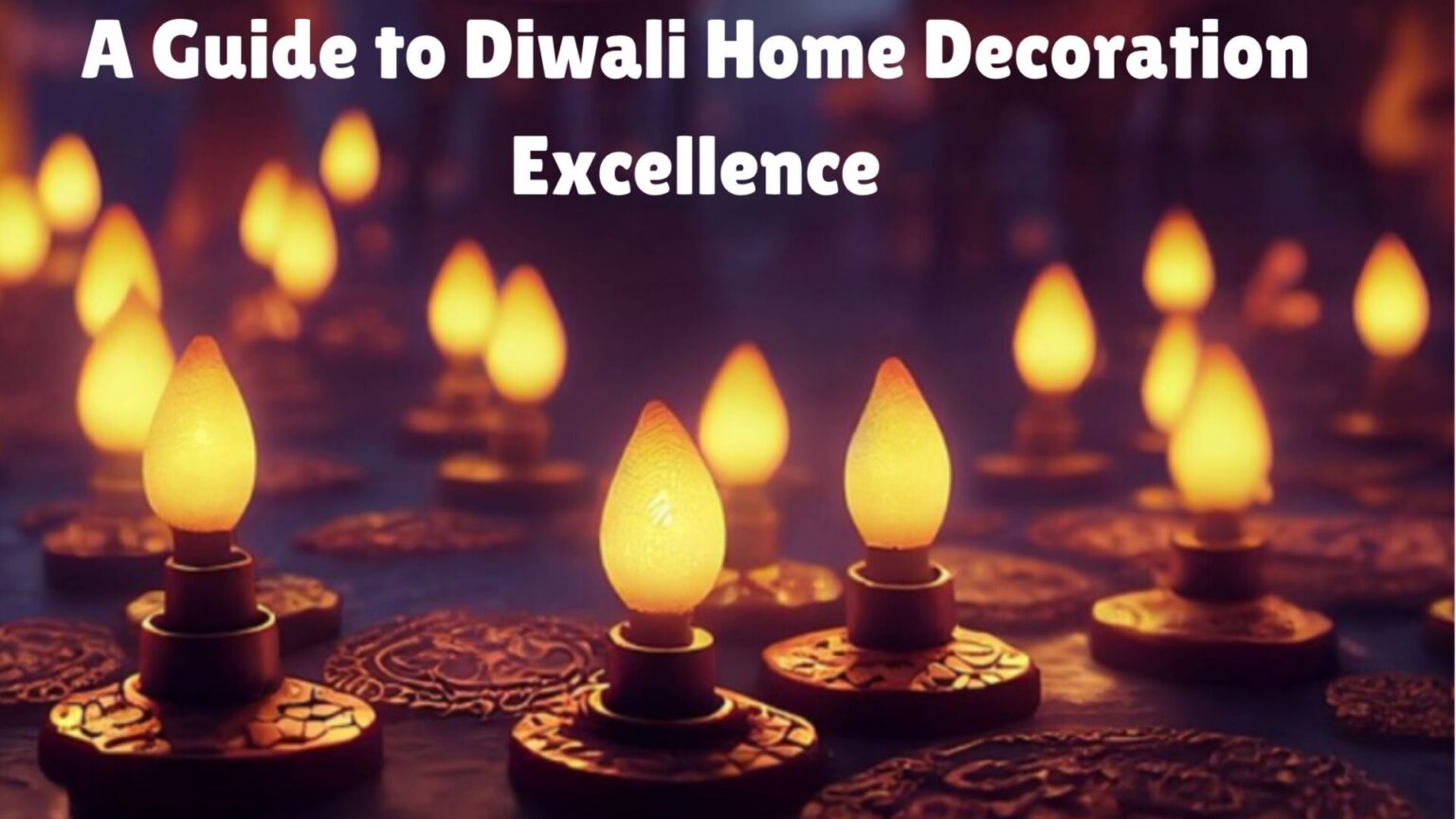Introduction:-
A Guide to Diwali Home Decoration Excellence

Diwali, also known as the Festival of Lights, is one of the most celebrated and eagerly awaited festivals in India and among Indian communities worldwide. It’s a time when homes are adorned with beautiful decorations, diyas (oil lamps), and colorful rangoli designs to welcome the goddess of wealth, prosperity, and light, Goddess Lakshmi. Diwali is not only a spiritual and cultural celebration but also an opportunity to transform your house into a haven of beauty and warmth. In this guide, we’ll explore the art of Diwali home decoration and provide you with insights and tips to create a truly remarkable and SEO-friendly Diwali décor that will leave your guests in awe.
Understanding the Significance of Diwali Home Decoration
Before we dive into the specifics of Diwali home decoration, it’s essential to understand the symbolism and significance behind these decorations. Diwali decorations are not merely about aesthetics; they hold deep cultural and spiritual meanings:

- Diyas and Candles: Lighting diyas and candles symbolizes the triumph of light over darkness and good over evil. It’s believed that the light from these lamps guides Goddess Lakshmi into your home.
- Rangoli: Rangoli is a traditional Indian art form where intricate patterns are created on the floor using colored powders, rice, or flower petals. It not only adds beauty to your home but also signifies welcoming guests.
- Torans: Torans are decorative door hangings made of marigold flowers, mango leaves, or colorful fabrics. They are hung on the entrance to invite positivity into the house.
- Flowers: The use of fresh flowers, particularly marigolds, is common during Diwali. Marigolds are believed to be a favorite of Goddess Lakshmi and are used to decorate homes.
- Lanterns and Lamps: Hanging lanterns and lamps in various shapes and sizes adds a charming glow to your décor and represents the festival’s name, “Festival of Lights.”
1. Creating a Sparkling Entrance
The entrance of your home is the first impression, and during Diwali, it should set the tone for the entire decoration. Here’s how to create a welcoming entrance:
- Torans and Door Hangings: Start with a vibrant toran or door hanging made of marigolds or silk fabric. Choose colors that resonate with the festive spirit.
- Diyas and Candles: Place diyas or candles on both sides of your entrance to light the way for Goddess Lakshmi. You can also use decorative candle holders to add an elegant touch.
- Rangoli: Create a beautiful rangoli design at your doorstep using colorful powders, rice, or flower petals. Opt for traditional or contemporary designs that suit your style.
2. Illuminating Your Home
Diwali is all about illuminating your home, both literally and figuratively. Here are some ideas to light up your living spaces:
- String Lights: Decorate your living room, balcony, or outdoor spaces with string lights. You can hang them on walls, railings, or drape them creatively to add a magical ambiance.
- Candle Decor: Place candles in decorative holders on your dining table, coffee table, and other surfaces. Scented candles can enhance the festive atmosphere.
- Lanterns: Hang lanterns around your home, both indoors and outdoors. They come in various designs and materials, adding a touch of elegance to your décor.
- Diyas Everywhere: Traditional clay diyas are a must-have. You can place them on windowsills, in corners, and on the balcony to create a warm, traditional vibe.
3. Captivating Rangoli Designs
Rangoli is an integral part of Diwali decoration, and creating a beautiful design can be an artistic and rewarding endeavor. Here’s how to make it stand out:
- Choose a Focal Point: Decide where you want your rangoli to be. It’s typically placed in the living room or at the entrance. A rangoli design with a central motif works well.
- Color Palette: Select vibrant colors that complement each other. Red, yellow, orange, and green are popular choices. You can use colored rice, flower petals, or rangoli powders.
- Patterns and Themes: You can go for traditional motifs like flowers, peacocks, and diyas, or opt for contemporary and abstract designs. You can also create a theme-based rangoli, such as a floral garden or a geometric pattern.
- Practice and Precision: Rangoli requires patience and precision. It’s a good idea to practice the design on paper before executing it on the floor. Use stencils or templates if needed.
- Highlight with Lamps: To make your rangoli even more striking, place small diyas or tea lights at strategic points within the design.
4. Dining Delights
Diwali is a time for feasting and sharing delicious meals with loved ones. Your dining area can become an integral part of your Diwali décor:
- Table Settings: Use colorful tablecloths, placemats, and napkins to add a festive touch to your dining table. Consider using gold or silver accents for a touch of elegance.
- Centerpiece: Create a stunning centerpiece using fresh flowers, candles, or even a traditional brass diya. It should be visually appealing without obstructing conversation.
- Diningware: Use special dinnerware and utensils for the occasion. Traditional or designer crockery can enhance the dining experience.
- Themed Décor: If you have a theme for your Diwali celebration, extend it to your dining area. For example, you could have a “Rajasthani Royalty” theme with vibrant colors and patterns.
5. Cozy Corners and Seating
To make your home truly inviting during Diwali, pay attention to your seating areas and cozy corners:
- Cushions and Throws: Add cushions with Diwali-themed prints or vibrant colors to your seating. Throws made of silk or brocade can also add a touch of luxury.
- Floor Seating: If you have space, consider arranging floor cushions or mats for a traditional seating experience. Low wooden tables can complete the look.
- Decorative Shelving: Use decorative shelves to display your Diwali decorations, such as idols, lanterns, and figurines. It adds character to your living spaces.
- Personal Touch: Incorporate personal touches like family photos or artworks that align with the festive spirit.
6. Gifting and Décor
Diwali is a time for exchanging gifts, and your gift wrapping can also be part of your décor strategy:
- Elegant Wrapping: Choose elegant and festive wrapping paper for your gifts. Add a small Diwali-themed ornament or card to make it more special.
- Gift Display: Dedicate a corner or table for displaying gifts. Arrange them aesthetically, and consider adding some greenery or flowers.
- Wall Art: Diwali-themed wall art or framed quotes can also be used as décor elements.
7. The Power of Flowers
Fresh flowers, particularly marigolds, are an essential part of Diwali decoration. Here’s how to make the most of them:
- Marigold Garlands: String marigold garlands and hang them in different areas of your home, like windows, doorways, and along the staircase.
- Table Centerpieces: Fresh flower arrangements can make beautiful centerpieces. Mix marigolds with other flowers for a delightful fragrance.
- Floating Flowers: Place floating candles and flower petals in bowls of water as elegant centerpieces for your tables.
8. Eco-Friendly Decorations
In recent years, there has been a growing emphasis on eco-friendly Diwali decorations. Here are some ideas to consider:
- Biodegradable Rangoli: Instead of using synthetic colors, opt for natural materials like rice, turmeric, and flower petals for your rangoli.
- Clay Diyas: Choose traditional clay diyas over plastic or metal ones. They are eco-friendly and can be reused.
- Recycled Decor: Get creative with recycling materials like cardboard, old glass bottles, or paper to craft unique decorations.
9. Balancing Tradition and Modernity
While traditional Diwali decorations hold a special place, you can also experiment with a fusion of traditional and modern elements:
- Contemporary Diyas: Explore modern diya designs made of glass, metal, or crystal for a contemporary twist.
- LED Lights: Replace traditional oil lamps with energy-efficient LED diyas and candles for a safer and eco-friendly option.
- Minimalism: Embrace minimalism by choosing a few statement pieces or focusing on one central decoration.
10. Safety First
Finally, while creating a stunning Diwali décor, always prioritize safety:
- Fire Safety: When using diyas and candles, ensure they are placed on stable surfaces and away from flammable materials. Never leave them unattended.
- Electrical Safety: If using string lights, check for frayed wires and use quality extension cords. Turn off lights when not in use.
- Child and Pet Safety: Be mindful of decorations that may be hazardous to children and pets. Keep small objects out of their reach.
In conclusion,
Diwali is a time to celebrate light, love, and prosperity. By incorporating these tips and ideas into your Diwali home decoration, you can create a welcoming, vibrant, and SEO-friendly haven that reflects the spirit of the festival. Remember to share your beautiful décor on social media using relevant hashtags to spread the festive cheer and i
FAQs (Frequently Asked Questions)
- What is Diwali? Diwali, also known as the Festival of Lights, is a significant Hindu festival celebrated with great enthusiasm across India and other parts of the world. It symbolizes the victory of light over darkness and good over evil.
- Why is home decoration important during Diwali? Decorating homes during Diwali is believed to invite the blessings of Goddess Lakshmi, the Hindu deity of wealth and prosperity. It also enhances the festive spirit and creates a welcoming ambiance for guests and family members.
- What are some traditional Diwali decorations? Traditional Diwali decorations include colorful rangoli patterns made with colored powders or flower petals, diyas (clay lamps) lit to symbolize the triumph of light over darkness, and torans (door hangings) made of marigold flowers or mango leaves.






